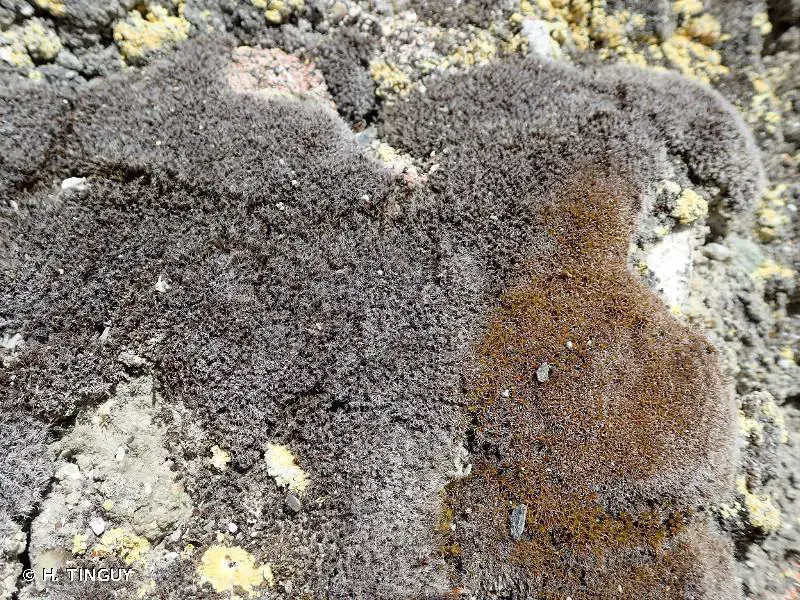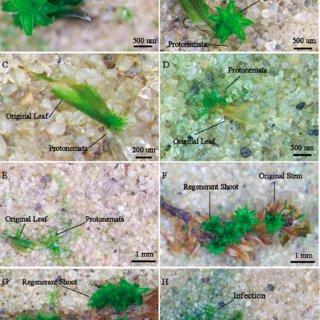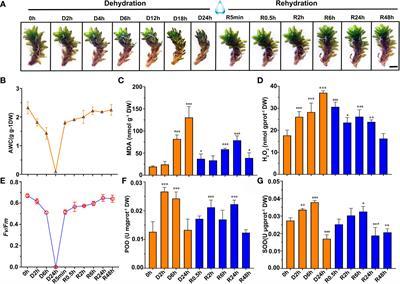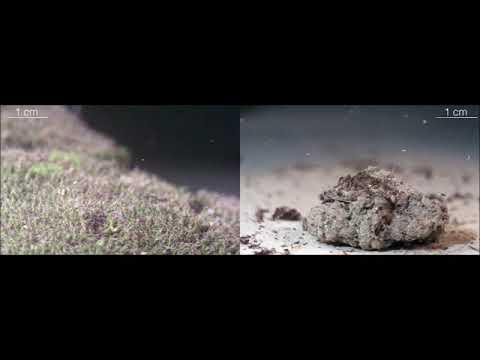
original.jpeg from: https://www.gbif.org/es/species/2671329
Introduction
In the vast and captivating world of bryophytes, one particular moss species stands out for its resilience and adaptability – the Syntrichia caninervis Mitt., commonly known as Syntrichia. This unassuming yet remarkable member of the Pottiaceae family has captured the hearts of moss enthusiasts worldwide, offering a fascinating glimpse into the intricate tapestry of nature’s smallest wonders.

275745.jpg from: https://inpn.mnhn.fr/espece/cd_nom/434228
Background
Before delving into the intricacies of Syntrichia caninervis Mitt., it’s essential to understand the broader context of bryophytes. These non-vascular plants, which include mosses, liverworts, and hornworts, are often overlooked but play a crucial role in various ecosystems. They are among the oldest land plants on Earth, with a rich evolutionary history dating back over 400 million years.
Main Content
Morphology and Identification
Syntrichia caninervis Mitt. is a small, acrocarpous moss that forms dense, cushion-like tufts or mats. Its leaves are narrow, lance-shaped, and often have a distinctive whitish or grayish hue due to the presence of specialized hair-like structures called hyaline hair points. These hair points are a key identifying feature of the species and help it retain moisture in dry environments.
Global Distribution and Habitat
This resilient moss is widely distributed across various continents, including North America, Europe, Asia, and parts of Africa. It thrives in a diverse range of habitats, from exposed rock surfaces and soil banks to tree bark and even urban environments like sidewalk cracks and rooftops.

Protonemal-and-shoot-emergence-from-different-fragments-of-the-moss-Syntrichia-caninervis_Q320.jpg from: https://www.researchgate.net/publication/325021848_Differential_fragment_regeneration_in_Syntrichia_caninervis_Mitt_from_the_Gurbantunggut_Desert_of_China
Syntrichia caninervis Mitt. is particularly well-adapted to arid and semi-arid regions, where its ability to withstand desiccation and rapidly rehydrate after rainfall makes it a true survivor.
Ecological Roles and Adaptations
Despite its diminutive size, Syntrichia caninervis Mitt. plays a vital role in its ecosystems. It acts as a pioneer species, colonizing bare or disturbed areas and helping to stabilize the soil, paving the way for other plants to establish themselves. Additionally, this moss serves as a microhabitat for various invertebrates, providing shelter and food sources.
One of the most remarkable adaptations of Syntrichia caninervis Mitt. is its ability to enter a state of dormancy during periods of drought. When conditions become unfavorable, the moss can essentially “shut down” its metabolic processes and remain in a desiccated state for extended periods, only to rapidly revive and resume growth when moisture becomes available again.
Case Studies/Examples
In urban environments, Syntrichia caninervis Mitt.

largepreview.png from: https://www.researchgate.net/publication/360004146_Phylogeographic_structure_of_Syntrichia_caninervis_Mitta_xerophytic_moss_highlights_the_expanded_during_glacial_period
has proven to be a resilient colonizer, often found growing on concrete surfaces, rooftops, and even in the cracks of sidewalks. This ability to thrive in human-modified habitats has made it a subject of interest for researchers studying the impact of urbanization on plant communities.
Technical Table

1127541_Thumb_400.jpg from: https://www.frontiersin.org/articles/10.3389/fpls.2023.1127541/full

hqdefault.jpg from: https://www.youtube.com/watch?v=GKn8oFIwFg0
| Characteristic | Description |
|---|---|
| Phylum | Bryophyta |
| Class | Bryopsida |
| Order | Pottiaceae |
| Genus | Syntrichia |
| Species | Syntrichia caninervis Mitt. |
| Common Name | Syntrichia |
| Growth Form | Acrocarpous, cushion-like tufts or mats |
| Leaf Shape | Narrow, lance-shaped |
| Distinctive Feature | Hyaline hair points on leaves |
| Habitat | Exposed rock surfaces, soil banks, tree bark, urban environments |
| Distribution | Widespread across North America, Europe, Asia, and parts of Africa |
| Adaptations | Desiccation tolerance, rapid rehydration |
| Ecological Role | Pioneer species, soil stabilization, microhabitat for invertebrates |
Conclusion
Syntrichia caninervis Mitt., or simply Syntrichia, is a true marvel of the bryophyte world. Its ability to thrive in harsh environments, its unique morphological features, and its ecological significance make it a fascinating subject of study for moss enthusiasts and researchers alike. As we continue to explore and appreciate the diversity of life on our planet, this unassuming moss serves as a reminder of the resilience and adaptability that nature has to offer, even in the smallest of forms.
Ponder this: If a tiny moss like Syntrichia caninervis Mitt. can survive and flourish in the harshest of conditions, what other wonders might be hidden in the intricate tapestry of life that surrounds us?